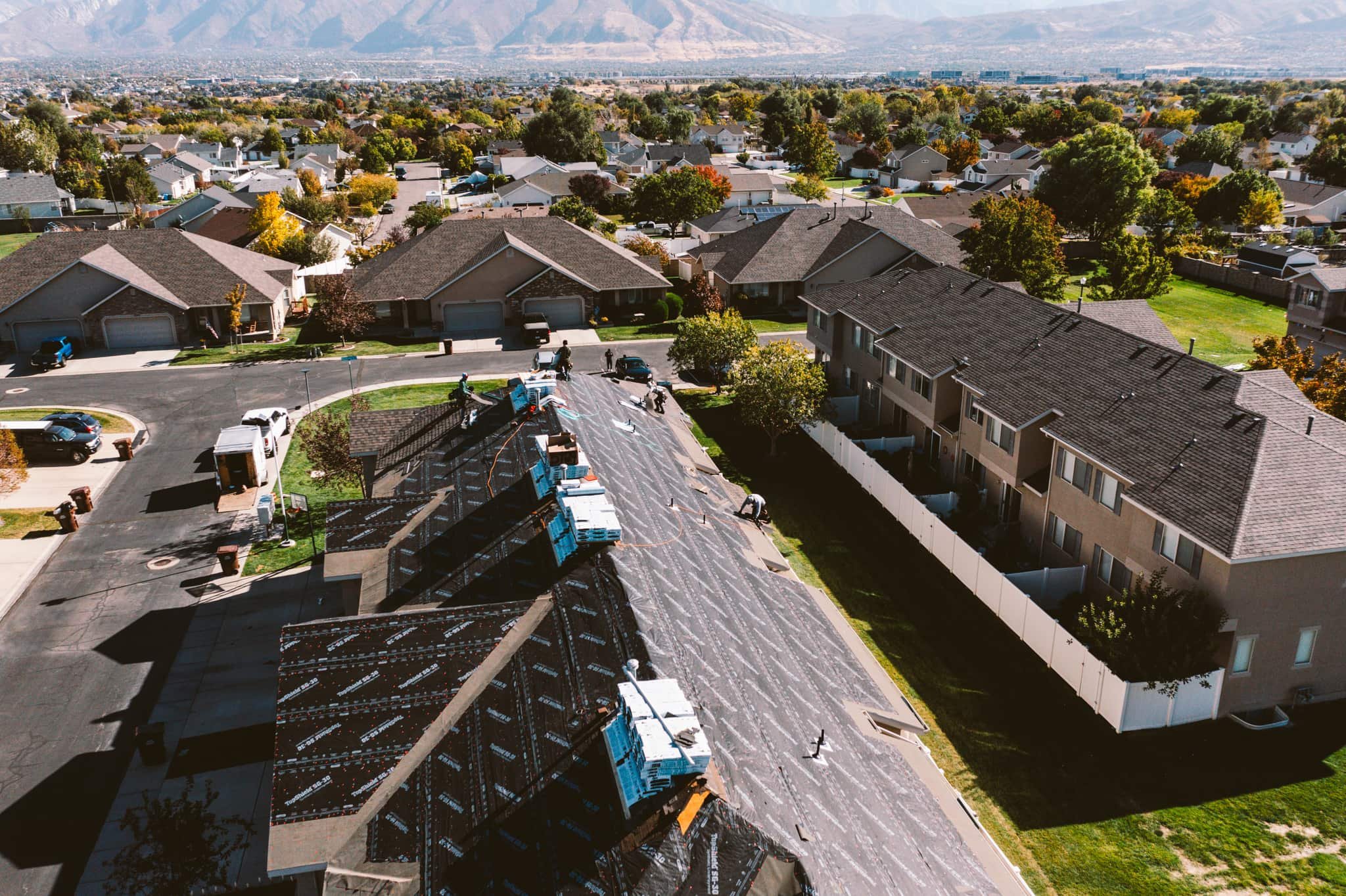The Pitfalls of Adding a Second Layer of Asphalt Shingles to Your Roof in Draper, Utah
Adding a second layer of asphalt shingles to an existing roof might seem like an easy and cost-effective solution when your roof needs an update. However, this approach comes with significant drawbacks, particularly in a place like Draper, Utah, where homes face a range of weather conditions. Before making this decision, it’s essential to understand the potential issues that can arise.
Why Homeowners Consider a Second Layer of Shingles
Homeowners often opt for a second layer of shingles for the following reasons:
Lower Upfront Costs: Avoiding the expense of tearing off the old roof can save money initially.
Quicker Installation: Laying new shingles over existing ones is faster and requires less labor.
Convenience: The process is less disruptive to daily life.
While these advantages may sound appealing, the risks and long-term costs often outweigh the benefits.
1. Added Weight Can Strain Your Roof
Asphalt shingles are heavy, and adding a second layer increases the load on your roof structure.
Excessive Weight: A single layer of shingles typically weighs around 200-300 pounds per square (100 square feet). Adding a second layer can double this weight, putting significant strain on your roof.
Risk of Structural Damage: Draper’s snowy winters exacerbate this issue. The added weight of snow on top of a double-layered roof can lead to sagging or even structural failure.
Building Code Violations: Local building codes in Draper and surrounding areas may restrict the addition of a second layer due to safety concerns.
2. Reduced Lifespan of the New Roof
Installing new shingles over old ones doesn’t address the root issues of a worn-out roof.
Heat Retention: Double layers trap heat, causing the shingles to deteriorate faster in Draper’s hot summer sun.
Hidden Problems: Issues like leaks, rot, or mold in the original layer remain concealed and continue to worsen.
Poor Ventilation: The added layer can disrupt roof ventilation, leading to higher energy bills and premature aging of the new shingles.
3. Compromised Aesthetics and Functionality
Adding a second layer of shingles can affect both the appearance and performance of your roof.
Uneven Surface: The old layer may have curled or damaged shingles, creating an uneven base for the new layer. This can result in a bumpy, unattractive finish.
Reduced Durability: Uneven installation can lead to weak points, making the roof more vulnerable to wind and water damage.
4. Increased Costs in the Long Term
While adding a second layer may save money initially, it often leads to higher costs down the road.
Tear-Off Costs: When it’s eventually time for a full roof replacement, both layers will need to be removed, increasing labor and disposal costs.
Frequent Repairs: Problems with the original layer can lead to recurring leaks and damage, requiring ongoing maintenance.
Lower Home Value: Potential buyers may see a double-layered roof as a red flag and factor the cost of replacement into their offer.
5. Local Weather and Building Considerations in Draper
Draper’s weather patterns make adding a second layer particularly problematic.
Snow and Ice: Heavy snowfall increases the risk of structural issues and ice dams.
Windstorms: Draper occasionally experiences strong winds that can lift and tear shingles. A second layer may be more susceptible to this damage.
Building Codes: Always consult local regulations and a trusted roofing contractor to ensure compliance with Draper’s building standards.
The Bottom Line
While adding a second layer of asphalt shingles may seem like a quick and budget-friendly fix, the risks far outweigh the benefits, especially in Draper, Utah. From structural strain to reduced roof lifespan, compromised aesthetics, and higher long-term costs, this shortcut often creates more problems than it solves.
For a durable and reliable roofing solution, it’s best to invest in a full roof replacement when your existing roof reaches the end of its life.

